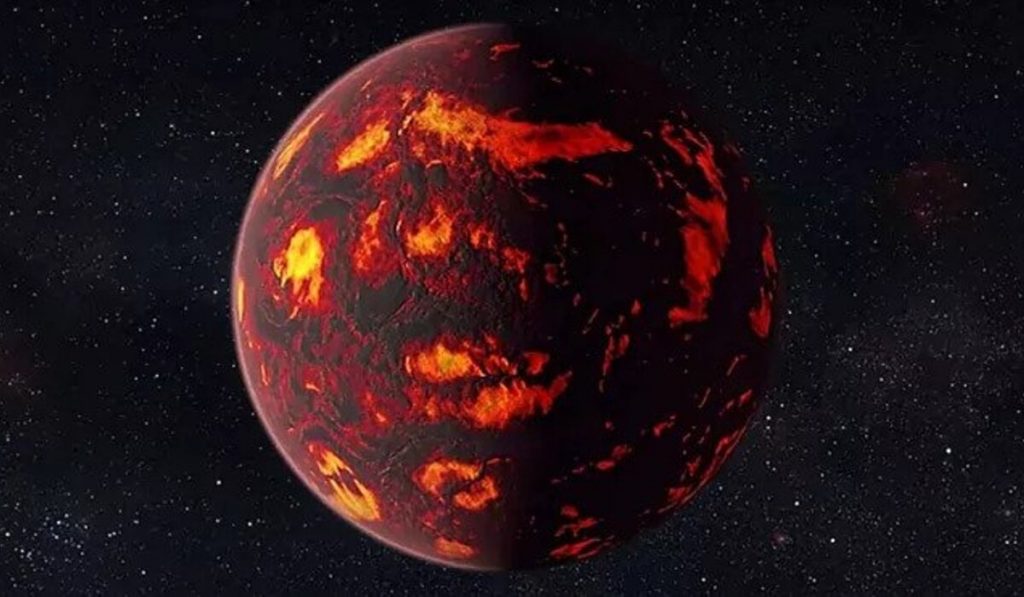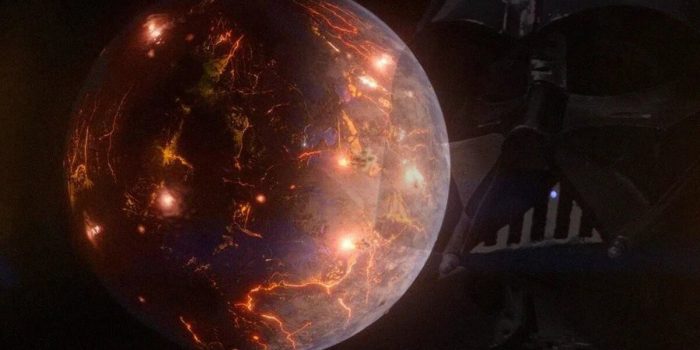Astronomers recently unveiled a captivating find—a planet resembling Earth in size, adorned with an extensive array of volcanoes.
This remarkable discovery has the potential to rival the extraordinary volcanic activity witnessed on Jupiter’s moon Io, which stands as the most volcanically active body within our solar system.
To put it plainly, we may have chanced upon the tangible counterpart of Mustafar, the volcanic nightmare depicted in the “Star Wars” realm.
This volcanic hellscape of a world served as the backdrop for the climactic clash between Obi-Wan Kenobi and his former apprentice Darth Vader in “Star Wars: Revenge of the Sith”—and oddly enough, it later became Vader’s home called planet Vader.

The team of scientists embarked on their investigation, utilizing data from NASA’s TESS (Transiting Exoplanet Survey Satellite) and the retired Spitzer Space Telescope.
While the likelihood of discovering liquid water on this celestial body, designated LP 791-18 d, is relatively slim, it gracefully orbits a diminutive red dwarf star in a tidally locked orbit, spanning roughly 90 light-years away.
Astonishingly, LP 791-18 d resides within the star’s habitable zone—an expanse where liquid water may conceivably exist, as concluded by the scientific community.
“The day side would probably be too hot for liquid water to exist on the surface,” said Björn Benneke, co-author of a new paper published in the journal Nature, and an astronomy professor at the University of Montreal, in a NASA statement. “But the amount of volcanic activity we suspect occurs all over the planet could sustain an atmosphere, which may allow water to condense on the night side.”
LP 791-18 d unveils itself as the third exoplanet detected within this remote star system. Despite NASA’s James Webb Space Telescope being slated to observe LP 791-18 c, a sister planet 2.5 times larger, the astronomers contend that LP 791-18 d carries an equal allure as a focal point for study.
“A big question in astrobiology, the field that broadly studies the origins of life on Earth and beyond, is if tectonic or volcanic activity is necessary for life,” said coauthor Jessie Christiansen, an exoplanet expert at NASA’s Exoplanet Science Institute, in the statement.


